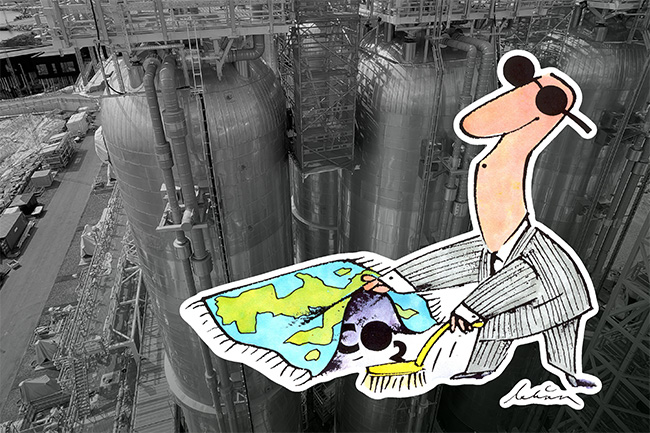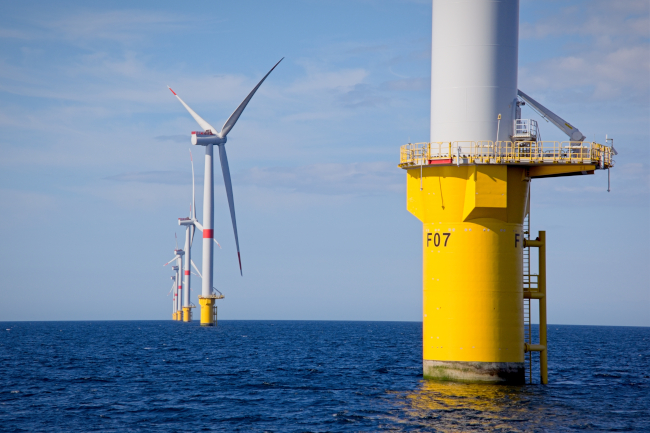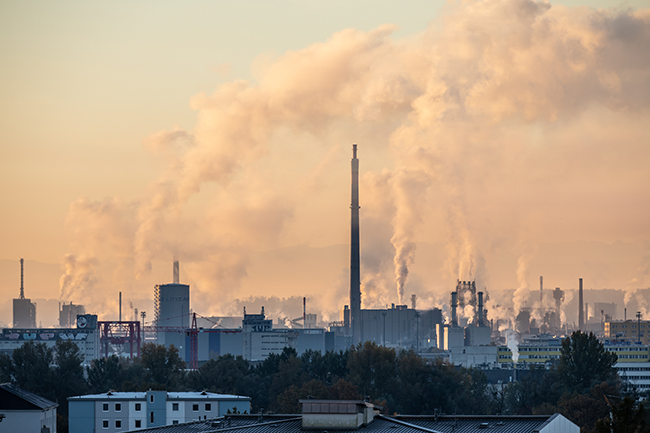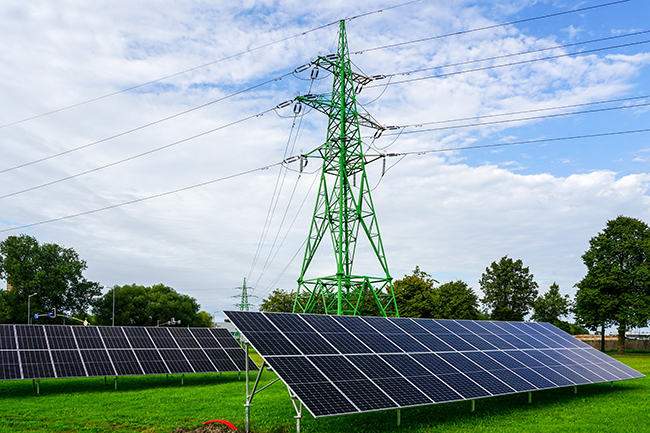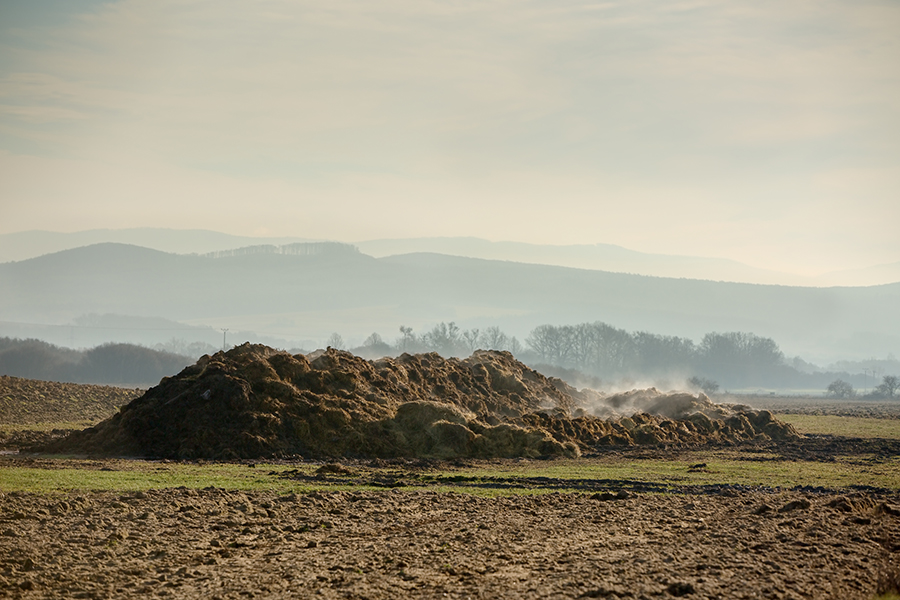Since 1982, AirClim – a joint venture of four environmental organizations in Sweden – has received annual operational support from the Swedish Environmental Protection Agency. This funding has covered about half of our annual budget and been central to our work, enabling us to publish Acid News in print and to deliver independent, science-based reporting on acidification, air pollution, climate, energy, transport , agriculture and environmental policy.
For 2025 the authorities have decided to cut nearly all of this funding.
This development is part of a broader trend of reduced public support for civil society in Sweden. Like many other organisations working for the environment, democracy, and human rights, we are feeling the consequences. The impact is immediate: for now, we will not be able to publish Acid News in printed form. Our resources will be more limited for time being.
We are, however, not stepping back – but adapting.
We will now publish Acid News only in digital format. Our mission remains unchanged: to provide critical insights, highlight overlooked issues, and advocate for sound, science-based environmental policy – both in Europe and beyond.
We know many of our readers value the printed version. Some of you have been with us for decades. We sincerely hope to find formats that will allow us to continue reaching as many of you as possible – whether digitally or, eventually, again in print.
In the mean time, we ask for your support:
- Subscribe to our digital newsletter
- Share our work with others.
- And if you have ideas or suggestions for how we might secure future support, please get in touch: info@airclim.org
Thank you for standing with us.
– The AirClim Team



